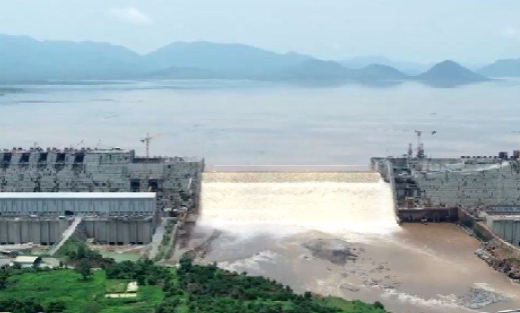
Ethiopia late July this year said the controversial mega dam it is building over the Blue Nile will start generating electricity soon. The announcement by the country’s water ministry came as two downstream countries, Egypt and Sudan, continue to raise concerns that the Grand Ethiopian Renaissance Dam (GERD), will impact their essential water supplies.
Ethiopia has overtime stood its ground and backed its move saying that the $5bn
project, will provide power to tens of millions of its citizens, and thus transform lives
and its economic development. To this extent, the country through its Water
Minister Sileshi Bekele, went ahead to even state that it will have an initial 750
megawatts of electricity produced by two of the dam’s turbines, adding that when
it’s finished, the dam is expected to generate eight times that amount.
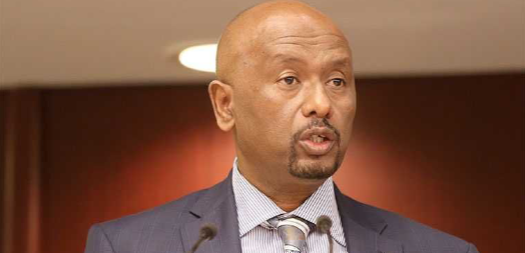
“The second filling of the Renaissance dam has been completed and the water is overflowing,” Seleshi Bekele, Ethiopia’s minister for water, irrigation and energy said in July.
The tension the dam project continues to create between Ethiopia and its neighbors, such as Egypt and Sudan who have long opposed the project, is growing, with the two countries saying they are worried about droughts and water securities that will likely result from it. Both countries have made constant calls for a binding legal arrangement before dam operations begin, but attempts at mediation have failed.
Earlier in the year in July, in a bid to address the tension, the United Nations Security Council backed an African Union bid to mediate the dispute and called for all parties to resume talks. However the UN Security Council intervention over the project was considered as an “unhelpful” distraction by Ethiopia. The United States had also previously warned that Ethiopia’s filling of the dam had the potential to raise tensions, while urging all parties to refrain from any unilateral actions.
About the Blue Nile
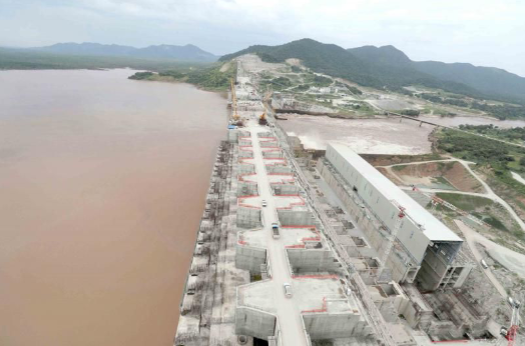
The Grand Ethiopian Renaissance Dam (GERD) is a huge project on the Blue Nile in
Benishangul-Gumuz region, northwestern Ethiopia, and about 32 km east of the border of Sudan. Ethiopia in 2011 launched construction of the dam, which once completed, is expected to produce more than 5,000 megawatts of electricity, making it Africa’s biggest hydroelectric dam and doubling Ethiopia’s electricity output. Roughly over 60 million Ethiopians are reportedly not connected to the power grid.
Ethiopia began the first phase of filling the reservoir for the dam in mid-2020. In July
2021, it announced the second-year target had been hit, saying this would enable the dam to run the first two of its 13 turbines. The dam is considered to be the largest hydropower project in Africa and 8th-largest in the world, and can hold more than 70 billion cubic metres of water which is nearly equal to the flow of the Nile in one year.
Why Egypt and Sudan are unhappy about the dam
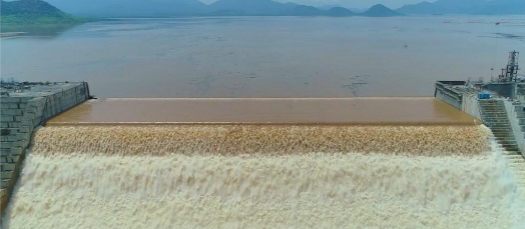
Egypt sees the Gerd as having the potential to threaten its very existence, because of its near-total reliance on the Nile; as a result it wants a guarantee of a certain volume of water; an arid nation of nearly 100 million people, depends on the Blue Nile River for most of its water needs, including for agriculture.
During the filling process, Egypt can compensate for loss of water by releasing more
from the High Aswan Dam, but the concern comes once the Ethiopian dam is fully operational. In addition, it is said that even after the dam’s reservoir is filled there
will possibly not be too much hope for normalization of the flow of the Nile because
Ethiopia will hold the key to the dam.
Normalization is also not expected because of evaporation in the reservoir. Another challenge is the fact that the river is shrinking due to less and more intermittent precipitation in Ethiopia and in other upstream countries.
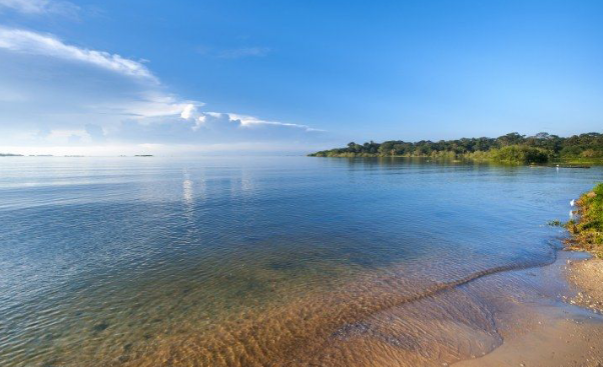
In addition, Lake Victoria, the source of 20%-30% of the Nile waters, is shrinking at an alarming rate; this means that Egypt’s insistence that the old agreements should remain untouched may also no longer be practical.
There are also concerns about farming because Sudanese officials say about 20
million people, most of them farmers along the Nile, will be affected by the filling of
the dam. Last year, Sudan’s water supply was also disrupted by filling; this led to lower levels downstream which disrupted its pumping stations for irrigation and municipal water supply. Sudan and Egypt have also made it clear that they are worried about the flow of the Nile in future years of drought. For instance, if Ethiopia was to hold back water in the Gerd then the levels in the High Aswan Dam will start to fall.
On the other end, Sudan does not face shortages in its Nile water supplies and could
also gain from the dam’s electricity generation, as well as flood mitigation. However, it has continued to echo its voice over concerns about the safety of the dam, and has consequently called for data sharing in order to minimize the effect on its own dams and water stations.
Can the dam be stopped?
The answer has been seen to be simply No. The argument is that the reservoir behind the dam will fill naturally during the Blue Nile’s rainy season. Various reports indicate that given the stage that the construction is at, there may be no way to stop the filling until the water level reaches the top of the dam wall. This is said to be because more water is apparently entering the dam site than the volume of water that can physically pass through the two open outlets in the dam wall.
Much of the middle section is now complete and each year more will be added until
about 2024 when it will be expected to be at 640m above sea level. The river bed at
the dam site is around 509m above sea level.
Current state of affairs
8 July this year, foreign ministers of Egypt and Sudan appealed to the U.N. Security
Council to intervene in the dispute with Ethiopia over the operation of the mega
dam on the Nile River.
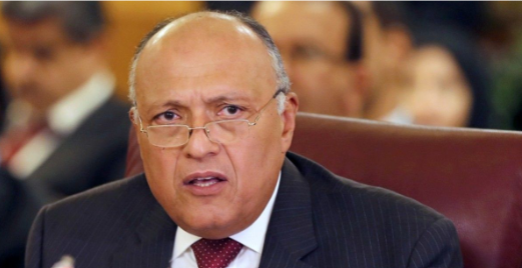
“We come here in search for a viable path towards a peaceful, amicable and negotiated solution, and to avert the dire consequences of our inability to reach a settlement to this matter,” Egyptian Foreign Minister Sameh Shoukry said.
Egypt and Sudan asked the council to adopt a resolution that was put forward by
council member Tunisia. The resolution demands that Ethiopia stop filling the dam
and calls for the three countries to resume negotiations and reach a legally binding agreement. However media reports indicated that Sudan’s foreign minister perceived that the council appeared to have little desire to adopt the resolution.
While Egypt and Sudan insist the issue is a major national security matter, the
Ethiopian government remains determined to continue with the project, despite
calls to halt it.





